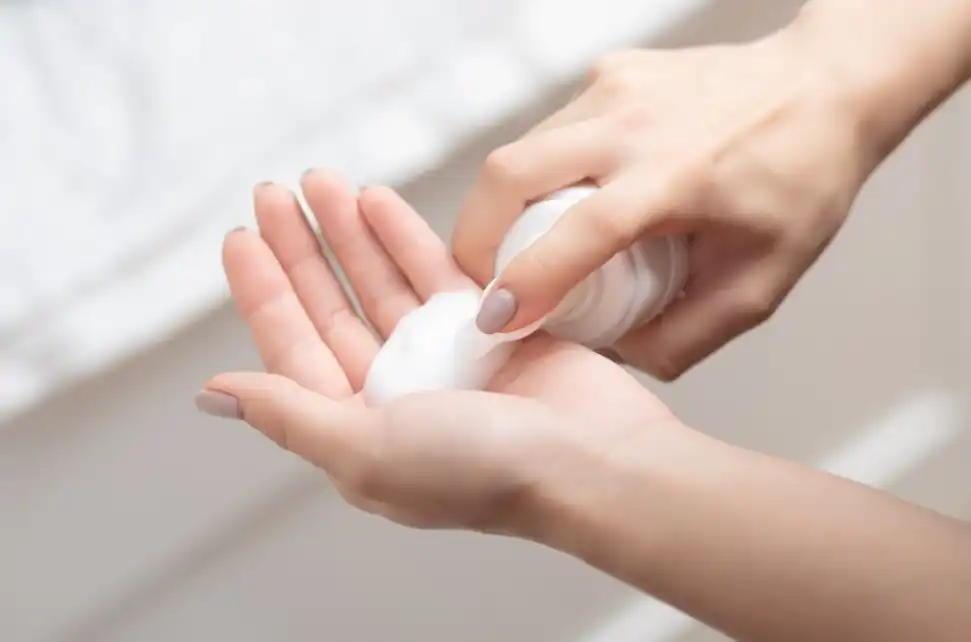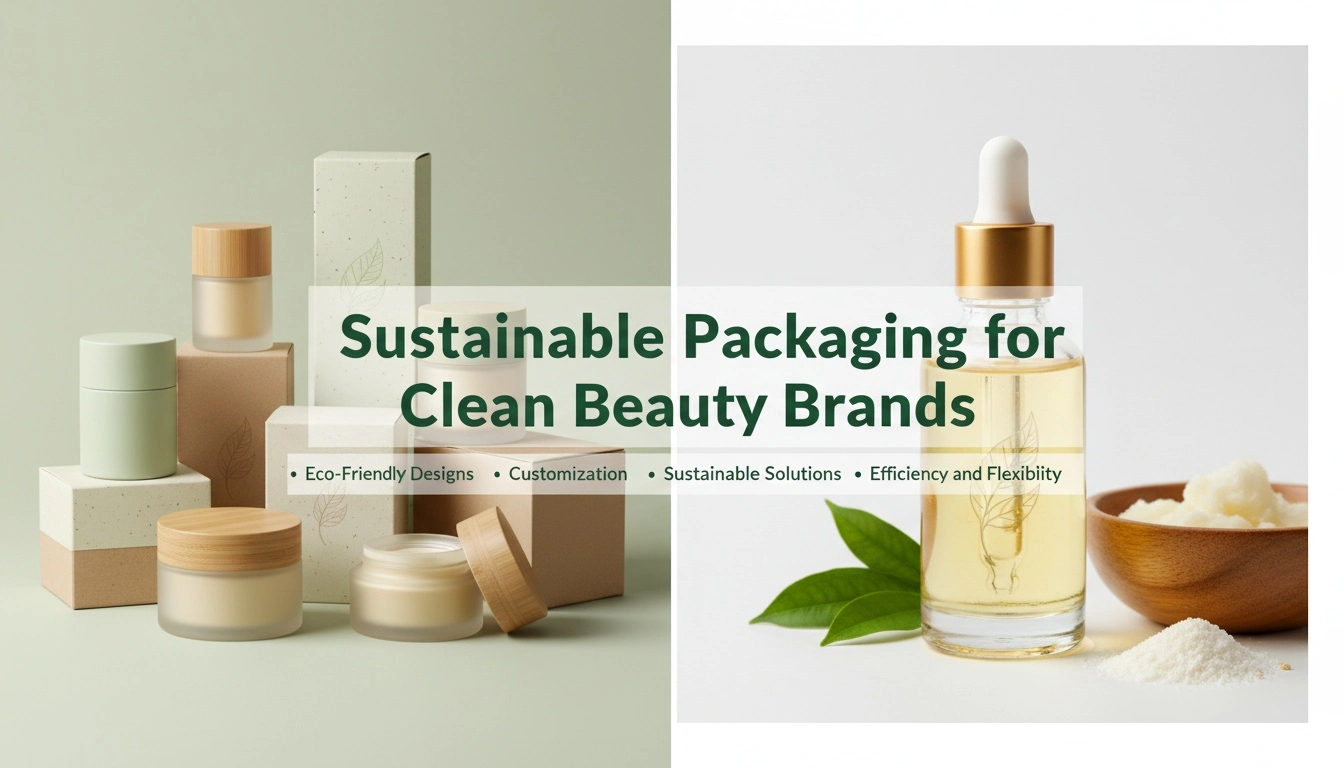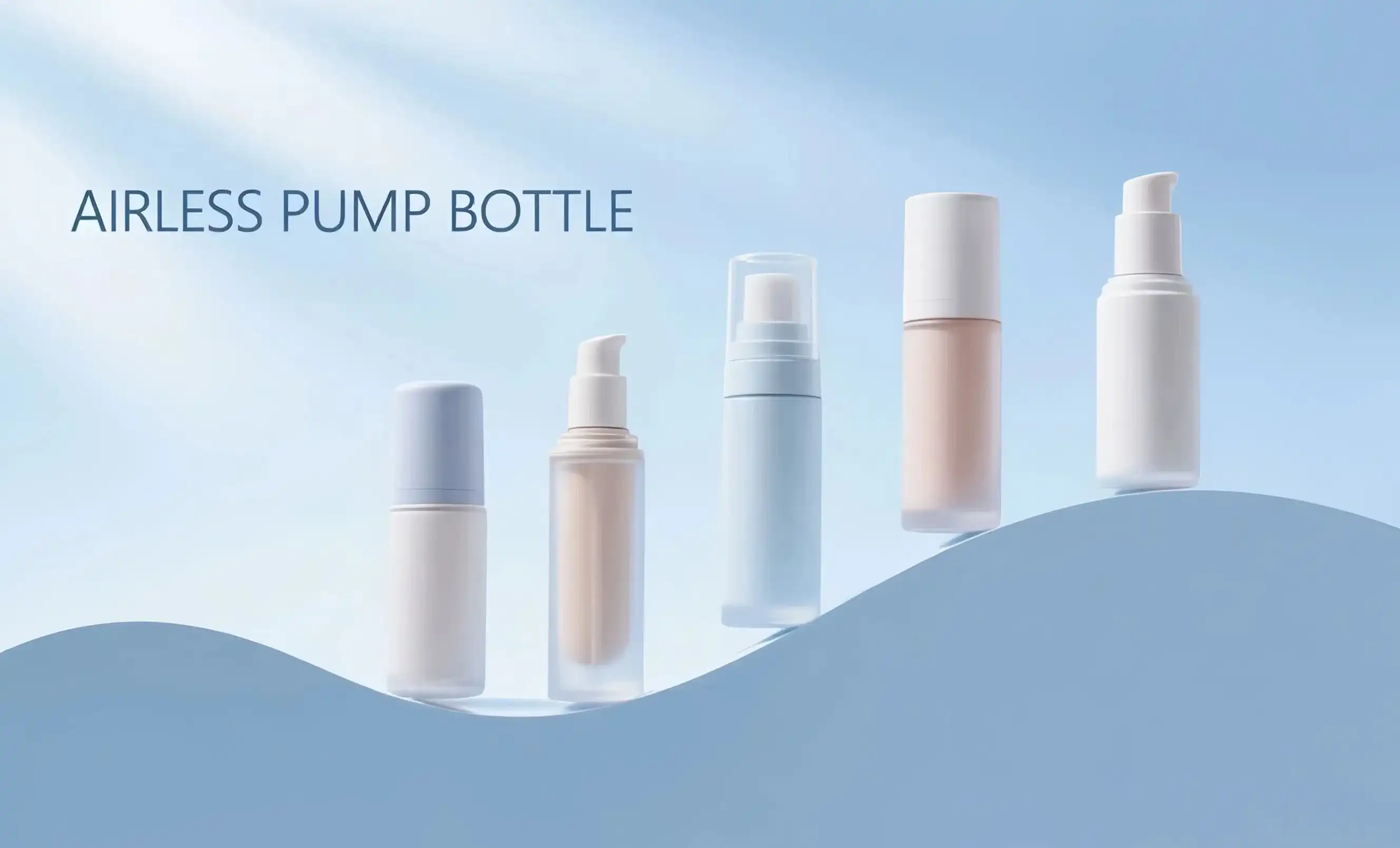In today's competitive beauty landscape, packaging has evolved far beyond simple containers into sophisticated preservation systems that directly impact product performance and consumer satisfaction. Oxidation-resistant packaging represents one of the most significant advancements in cosmetic science, addressing a fundamental challenge that has plagued formulators for decades: how to maintain product integrity from manufacturing to final application.
As consumers become increasingly educated about skincare chemistry and sustainability, brands must prioritize packaging solutions that not only protect delicate formulations but also align with environmental values. This comprehensive guide explores why oxidation resistance has become essential in cosmetic packaging, examines the most effective technologies available today, and provides actionable insights for brands looking to upgrade their packaging strategy.
The Science of Oxidation in Cosmetic Products
Oxidation is an electrochemical reaction that occurs when cosmetic ingredients interact with oxygen molecules. This natural process affects nearly all beauty products to some degree, but is particularly damaging to certain key ingredients:

Most Oxidation-Sensitive Cosmetic Ingredients:
-
Vitamin C (L-ascorbic acid): Loses potency rapidly when exposed to air, turning yellow/brown
-
Retinoids: Become less effective and potentially irritating when oxidized
-
Plant oils (rosehip, argan, marula): Develop rancid odors and lose nutritional value
-
Peptides: Molecular structure breaks down, reducing efficacy
-
Natural preservatives (like radish root ferment): Lose antimicrobial properties
You can actually see this damage happening: colors change, textures separate, and products stop working as well. It's not just about looks – oxidized products may cause irritation or simply waste your money by becoming ineffective.
Visible Signs of Oxidized Cosmetics:
-
Color changes (serums darkening, creams yellowing)
-
Texture alterations (thinning, separation, graininess)
-
Odor shifts (developing "off" or metallic smells)
-
Performance degradation (reduced effectiveness)
Cutting-Edge Oxidation-Resistant Packaging Technologies
Modern cosmetic packaging employs multiple strategies to combat oxidation, often combining several approaches for maximum protection:
1. Advanced Airless Dispensing Systems
Airless pumps have become the gold standard for oxidation-prone products. Unlike traditional pumps that allow air back into the container, true airless systems:
-
Create a vacuum as product is dispensed
-
Use a piston or collapsible bag mechanism
-
Prevent any air from contacting the formula
-
Enable near-complete product evacuation (up to 98%)
The PJ76-1 Square Airless Pump Jar from Topfeelpack exemplifies this technology with its sleek, geometric design that combines aesthetic appeal with superior functionality. Its refillable feature adds an eco-conscious dimension that resonates with today's sustainability-minded consumers.
2. Multi-Layer Barrier Materials
Modern cosmetic containers often utilize sophisticated material engineering:
-
3-5 layer co-extruded plastics with oxygen barrier properties
-
Glass composites with special coatings to reduce permeability
-
Metalized films that reflect UV and block oxygen transmission
-
Ceramic-impregnated polymers for enhanced protection
3. Active Oxygen Scavengers
Some premium packaging incorporates:
-
Iron-based absorbers in caps or liners
-
Enzyme systems that neutralize oxygen
-
Antioxidant-releasing materials that supplement product preservation
4. Modified Atmosphere Packaging (MAP)
Originally developed for food, MAP technology is now adapted for cosmetics:
Today's consumers demand packaging that protects both their products and the planet. Fortunately, oxidation resistance and sustainability can work synergistically:
Eco-Friendly Oxidation Solutions:
-
Refillable Systems
-
Like Topfeelpack's square jars that allow consumers to purchase refill pods
-
Reduce packaging waste by up to 70%
-
Maintain product protection through secure sealing
-
Biobased Materials
-
Sugarcane-derived plastics with barrier properties
-
Mushroom-based protective foams
-
Seaweed extracts used in laminates
-
Monolayer Recyclable Plastics
-
New high-barrier PET formulations
-
PP materials with enhanced oxygen resistance
-
Designed for easy recycling without separation
-
Upcycled Materials
Choosing the Right Oxidation-Resistant Packaging: A Brand's Guide
Selecting optimal packaging requires careful consideration of multiple factors:
Key Decision Criteria:
-
Product Formulation
-
Usage Characteristics
-
Frequency of use (daily vs. occasional)
-
Application method (fingers, dropper, pump)
-
Expected product lifespan
-
Brand Positioning
-
Consumer Experience
-
Ease of use
-
Tactile qualities
-
Visual appeal on vanity
-
Regulatory Compliance
-
Material safety
-
Recycling requirements
-
Labeling regulations
Case Study: Successful Oxidation-Resistant Packaging Implementations
High-End Vitamin C Serum
Challenge: A 20% L-ascorbic acid serum was experiencing rapid oxidation, with products turning amber within 3 months.
Solution: Implemented dual-chamber airless packaging with nitrogen flushing.
Results: Extended shelf life to 12 months, reduced returns by 62%.
Natural Face Oil Blend
Challenge: Organic oils were developing rancid odors before expiration.
Solution: Switched to amber glass with oxygen-absorbing cap liner.
Results: Eliminated rancidity complaints, increased repeat purchases by 45%.
Refillable Moisturizer
Challenge: A sustainable brand wanted to reduce waste without compromising freshness.
Solution: Adopted Topfeelpack's square refillable airless system.
Results: Achieved 60% packaging reduction while maintaining 18-month stability.
The Future: Emerging Technologies in Oxidation Protection
The next generation of cosmetic packaging promises even greater advances:
Smart Packaging Innovations:
-
Color-changing indicators that signal oxidation levels
-
Time-temperature monitors for sensitive actives
-
Self-sealing membranes that react to oxygen exposure
-
Nano-ceramic coatings with ultra-barrier properties
Sustainable Tech Developments:
-
Edible packaging for single-use samples
-
Water-soluble pods for travel sizes
-
Mycelium-based protective containers
-
Algae-derived biodegradable plastics
Conclusion: Packaging as a Competitive Advantage
In today's beauty market, packaging is no longer just a container—it's an integral part of product performance and brand identity. Oxidation-resistant solutions offer tangible benefits:
-
Preserve product efficacy and consumer trust
-
Reduce waste from spoiled products
-
Enhance sustainability through smart design
-
Differentiate brands in crowded markets
For formulators and brands ready to upgrade their packaging strategy, solutions like Topfeelpack's innovative airless systems provide the perfect combination of scientific protection, aesthetic appeal, and environmental responsibility. By investing in advanced oxidation-resistant packaging today, beauty brands can secure their position in the market of tomorrow.
Interested in exploring oxidation-resistant packaging for your cosmetic line? Discover how Topfeelpack's square airless pump jars can elevate your products while meeting sustainability goals. Contact their packaging specialists today for a customized solution.
References
1. Johnson, A. (2022). Advances in Oxidation-Resistant Packaging for Food Preservation. Journal of Food Science and Technology, 58(4), 789-801.
2. Smith, B., & Brown, C. (2021). The Impact of Packaging on Product Shelf Life: A Comprehensive Review. Packaging Technology and Science, 34(2), 145-160.
3. Lee, D., et al. (2023). Innovative Materials for Oxidation-Resistant Packaging in the Cosmetics Industry. International Journal of Cosmetic Science, 45(3), 301-315.
4. Garcia, M., & Rodriguez, F. (2022). Sustainability in Oxidation-Resistant Packaging: Balancing Performance and Environmental Impact. Sustainable Packaging, 12(1), 56-70.
5. Thompson, R. (2021). Consumer Perceptions of Oxidation-Resistant Packaging in Skincare Products. Journal of Consumer Behavior, 20(3), 412-425.
6. Wilson, E., et al. (2023). The Economics of Implementing Oxidation-Resistant Packaging in the Beauty Industry. International Journal of Production Economics, 246, 108401.



 - 副本_1745399213966.webp)

_1747827716538.webp)

